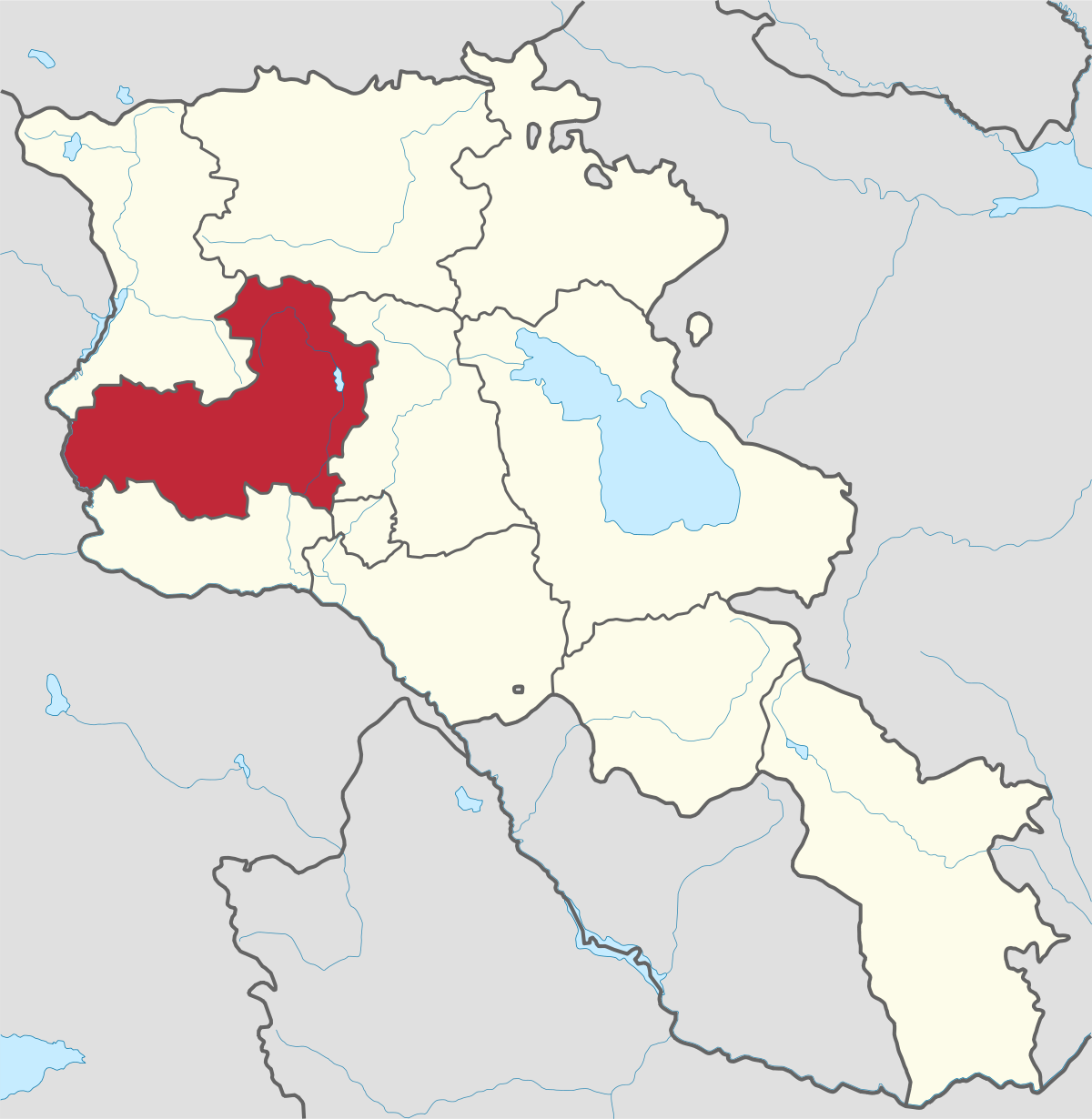
Aragatsotn Region
Aragatsotn is named after the massive mountain (4095m / 13,435 ft.) that hovers over the northern reaches of Armenia. This region is one of the...
Artashat City
Territory: 44,011 km2
Population: 25,600 Persons
Distance from capital/Yerevan: 29 km
Height of above sea level: 1,900-2,050 m
The main branches of economy: industry, agriculture
Artashat is the center of Ararat region, near the Araks River in the Ararat valley.
Ancient capital on the Silk Road
The city was founded by the king Artashes A in 189 BCE, the founder of the Armenian Artashesian dynasty (189 BCE- 1), who moved the capital to a complex of hills overlooking the Ararat plain. Artashat (Artaxata) was named after the new king and roughly translates to “Joy” or “Pleasure of Artashes”. Planned along Greco-Roman lines, Artashat rivaled the 7 hills of Rome with its own twelve hills, Strabo and Plutarch calling it as the "Armenian Carthage".
Artashat was a large center of Hellenistic culture in Armenia. The first theatre in Armenia (Bacchae of Euripides) was built in the city in 53 BC. Succeeding kings ruled over a country with trade routes between Asia and the West, which was named the Silk Way in the 2nd c. BCE, and which gave the city unimagined wealth. Perhaps because of this, Armenia found itself at the fulcrum of a fight between the new super powers, Rome and Parthia, for control of Asia.
As the richest, most beautiful and one of the known centers, in Artashat was built Armenian idols temples and statues. The city's patron goddess Anahit bust is in the city center.
Wirtschaft
Manufacturing is the main trend of industry of the city, in which manufacture of food products and beverages (processing and canning of fruit and vegetable, manufacture of distilled alcoholic beverages) as well as manufacture of other non-metallic mineral products (food products processing and preserving of fruit and vegetables, manufacture of paper and paper bard) and manufacture of tobacco products (tobacco fermentation) comprise prevailing part.
Agriculture is of great importance in the economic life of the town as well, in which cultivation is the main trend. The city has 12 factories. There are wine, canned food, porcelain, pottery, stone processing productions.

Aragatsotn is named after the massive mountain (4095m / 13,435 ft.) that hovers over the northern reaches of Armenia. This region is one of the...
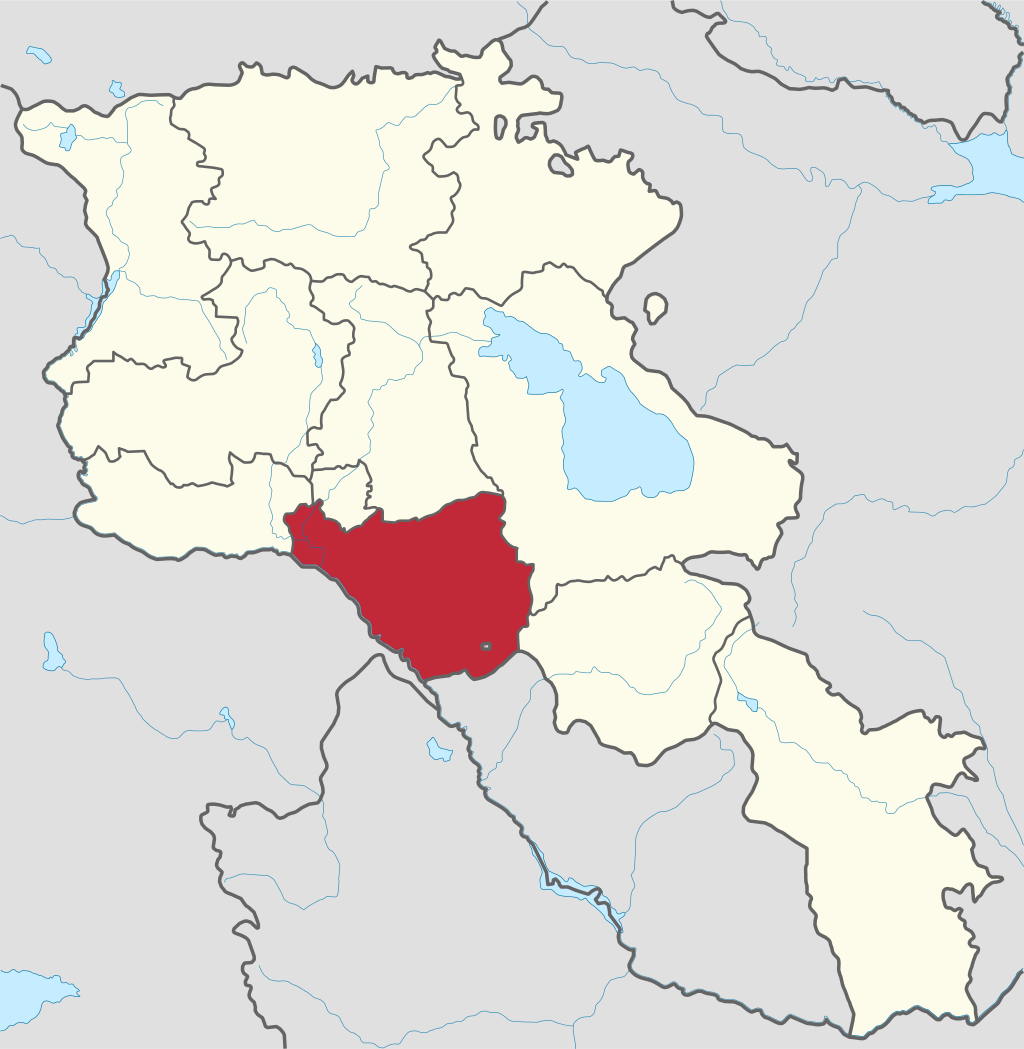
Ararat region is named after the biblical Mount Ararat which is mentioned in the Bible as a place where Noah’s ark has landed after the Great...
.png)
Armavir Region - Because of its Christian history the region is most famous for locals and Diaspora Armenians, who make pilgrimages to Armenia to...
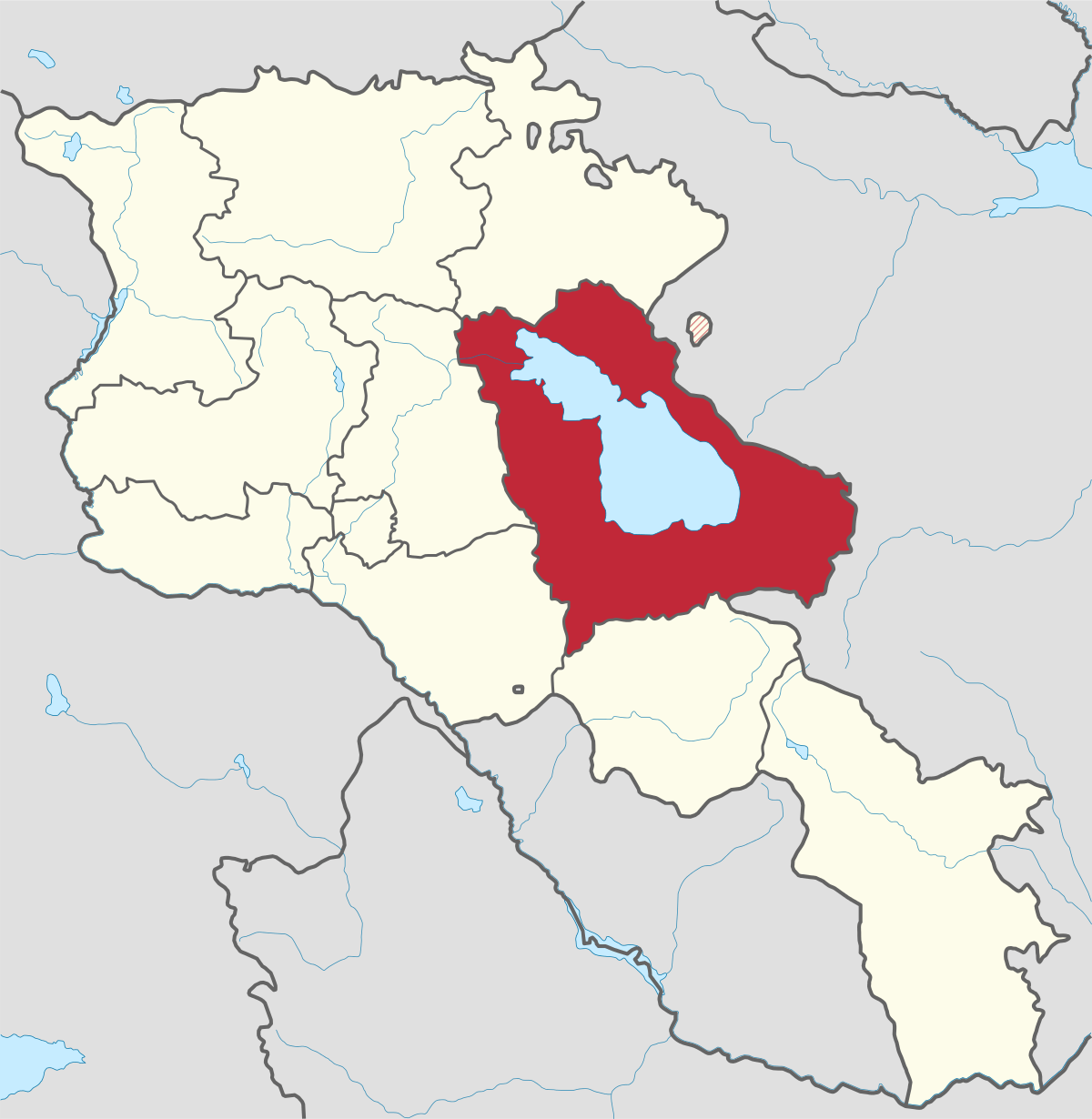
Gegharkunik ist die größte Region Armeniens, die an Aserbaidschan und die Shahumyan-Region der Republik Berg-Karabach grenzt. Ein Viertel der...
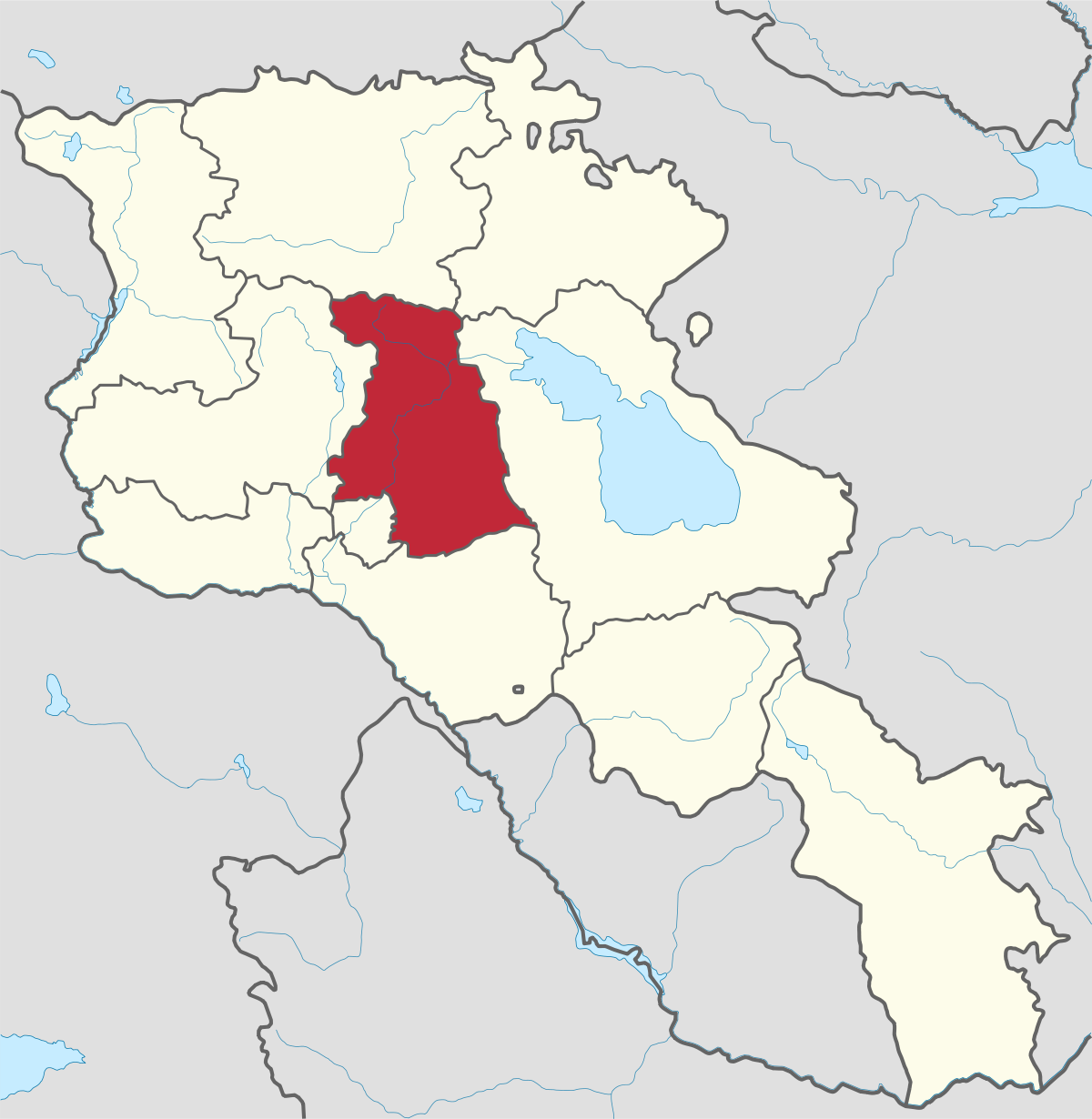
Kotayk region is located at the central part of the country and is home to many must-see sites in Armenia including the pagan Temple of Garni...
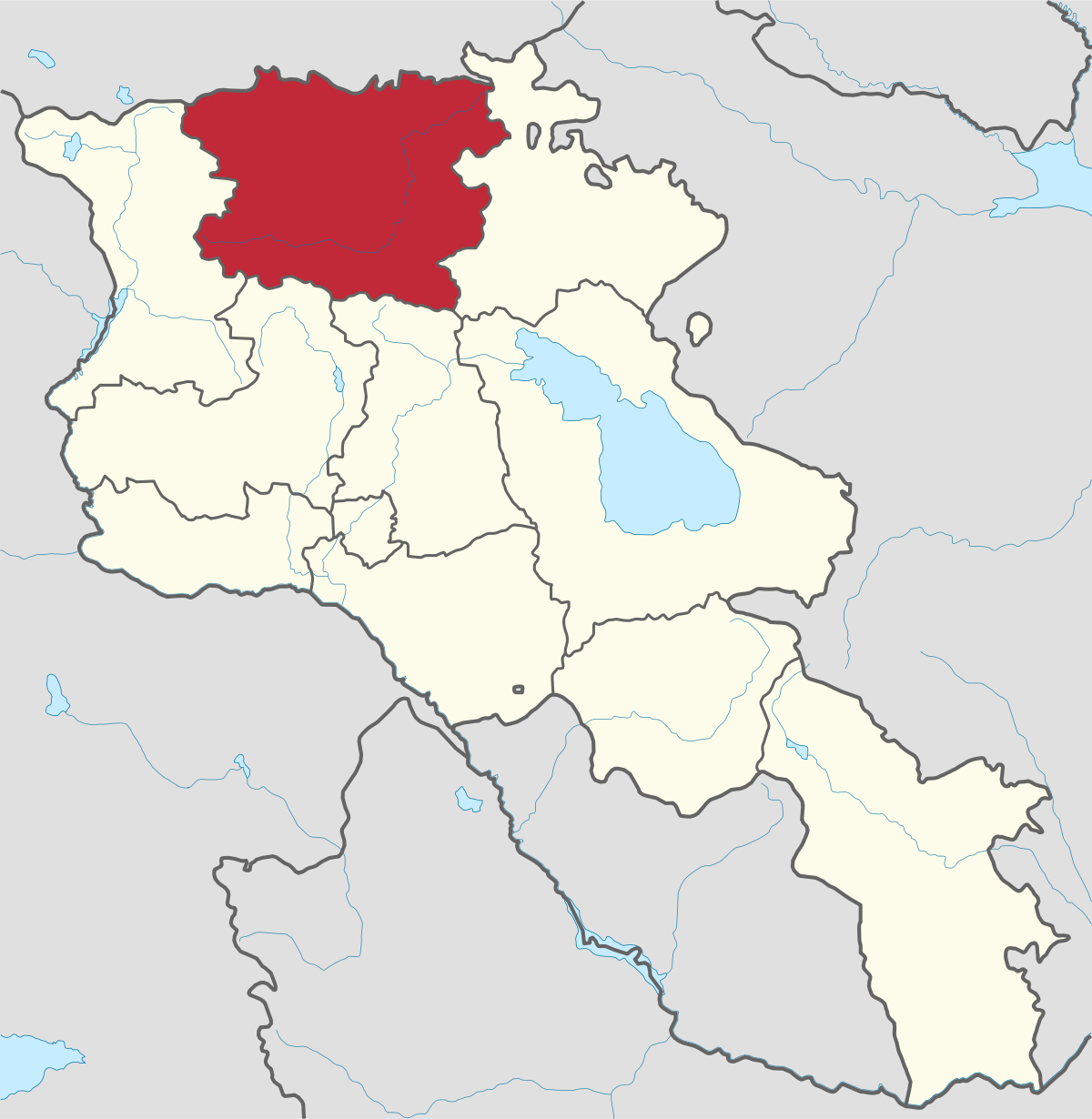
Lori region is in the northern part of Armenia, bordering on Georgia. It is considered Armenia’s greenest area, with more native forest land than...
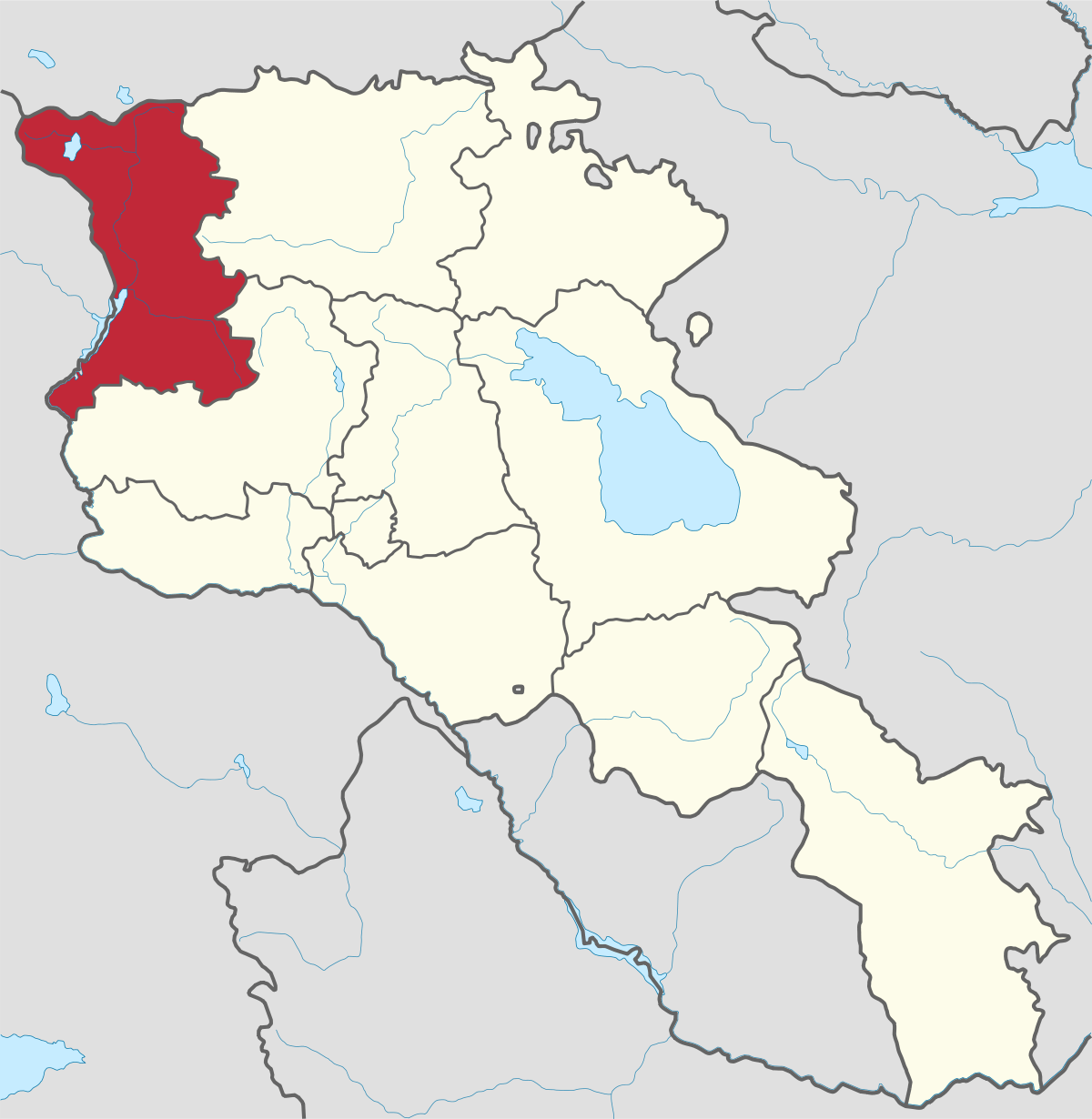
Shirak region lies in the north-west of Armenia. It borders with Georgia and Turkey. Shirak region is mainly dominated by the Ashotsk Plateau and...
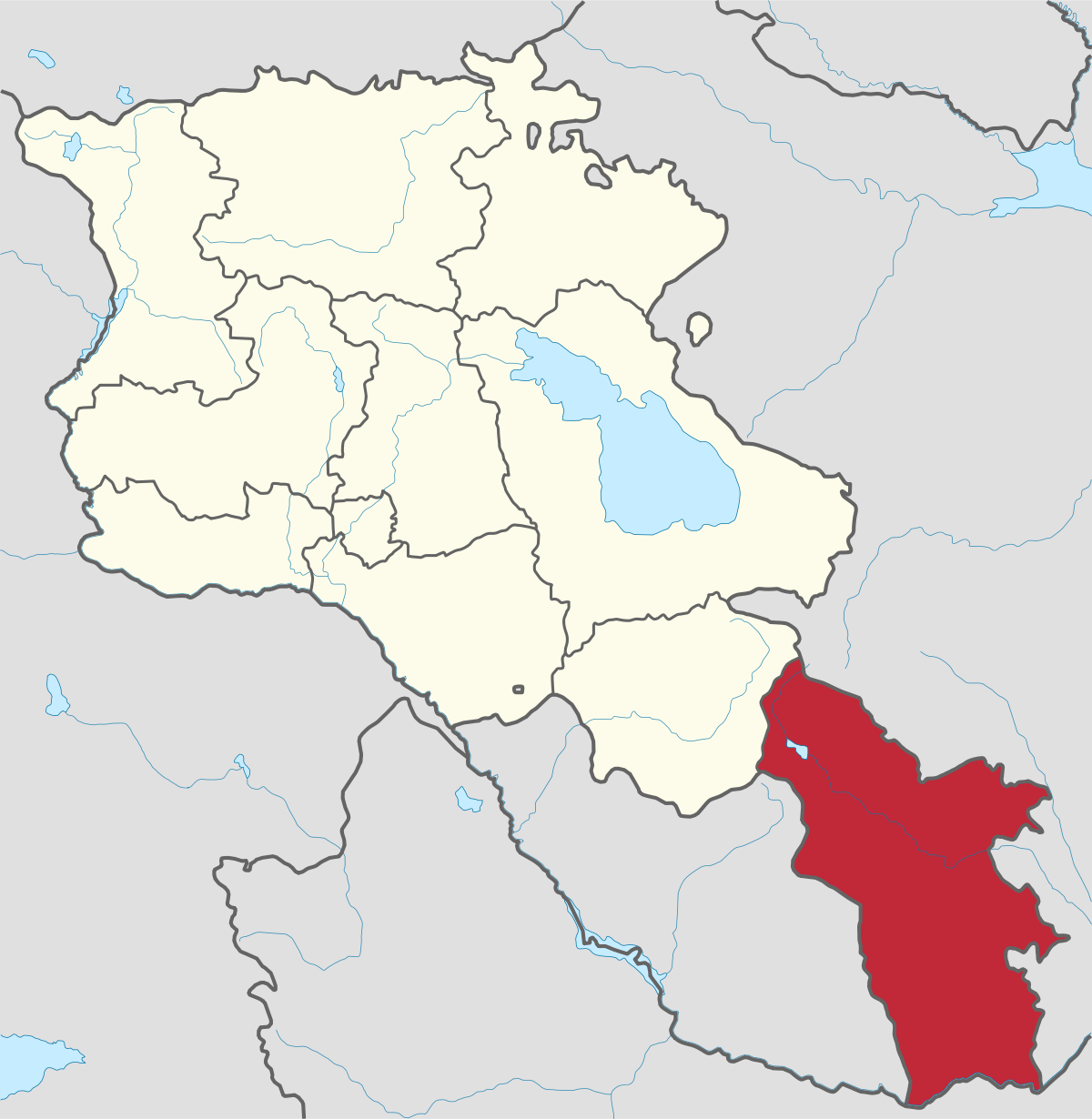
Syunik region- It is in the southern part of Armenia, bordering by Azerbaijan's Nakhchivan Autonomous Republic exclave, the de facto independent...
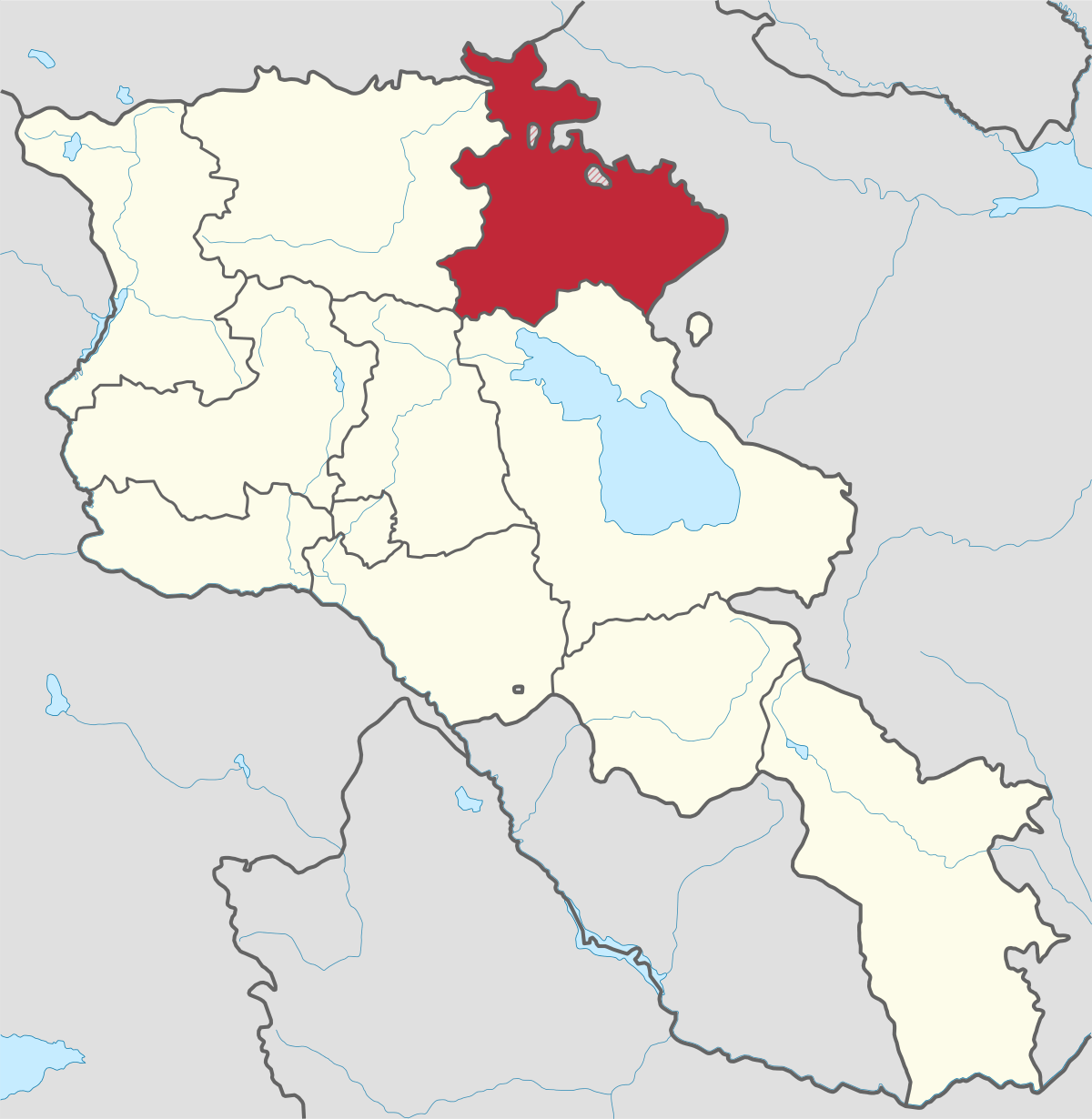
Tavush region lies in the Northeast of Armenia, bordering by Georgia and Azerbaijan. The territory is mainly mountainous and rocky hillsides...
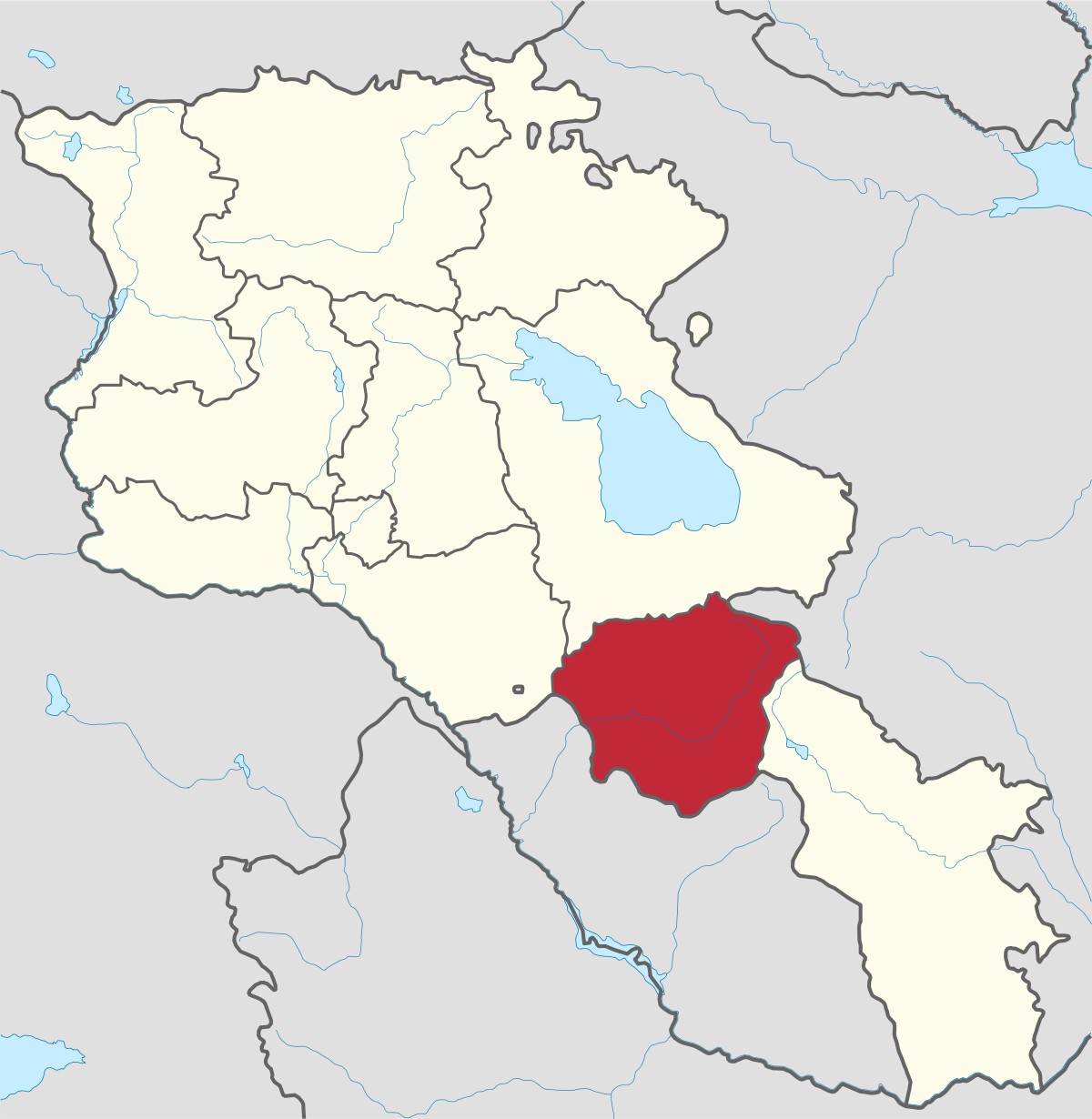
Vayots Dzor region is mainly a mountainous region at the southeastern end of the country, known with Jermuk Waterfall, Areni cave, Smbataberd...
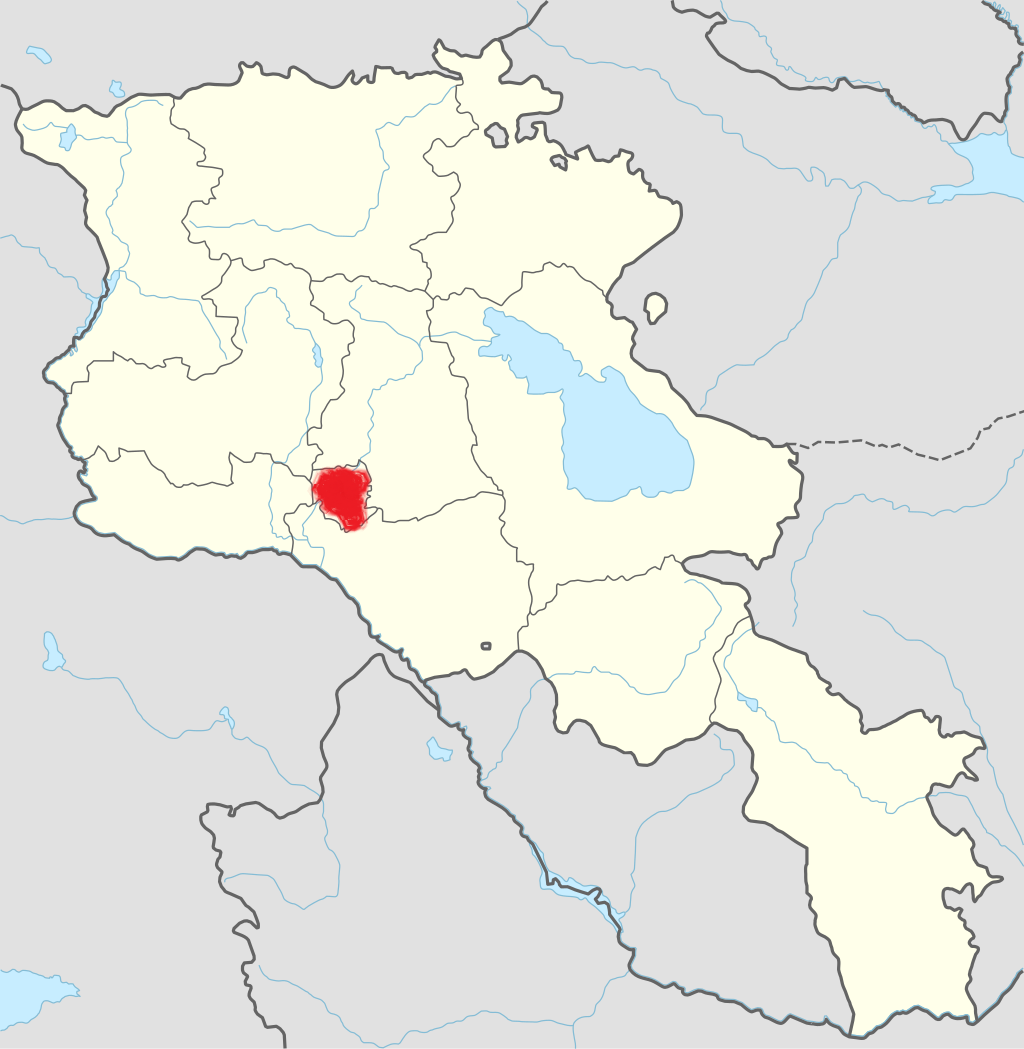
Yerevan city – 2800 years old. Yerevan is the capital of the Republic of Armenia with more than 1 million people. It is an amazing city with view...
800
149
1476
32